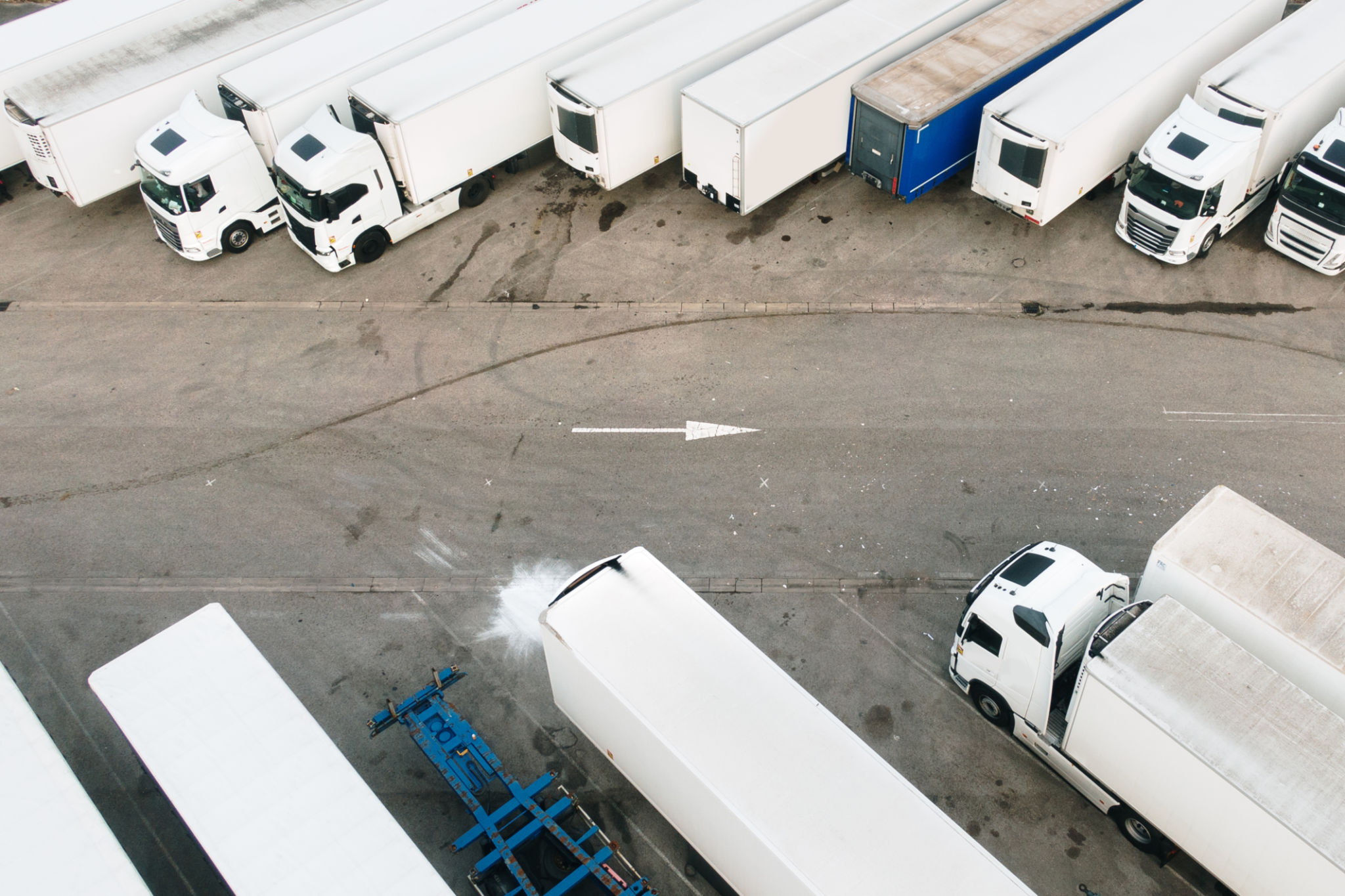Common Challenges in Drayage Logistics and How to Overcome Them
AS
Understanding Drayage Logistics
Drayage logistics is a critical component of the supply chain, responsible for the short-distance transportation of goods, often from a port to a nearby warehouse. Despite its seemingly straightforward nature, drayage involves several complexities and challenges that logistics managers must navigate to ensure smooth operations.

Challenge 1: Port Congestion
One of the most common challenges in drayage logistics is port congestion. With the increasing volume of imports and exports, ports often become bottlenecks, leading to delays in the transportation of goods. This congestion can disrupt the entire supply chain, causing frustration for both logistics providers and their clients.
Solution: Strategic Scheduling and Technology
To tackle port congestion, companies can employ strategic scheduling by coordinating pick-up and drop-off times during off-peak hours. Additionally, investing in technology such as real-time tracking systems can help optimize routes and reduce wait times, leading to more efficient operations.
Challenge 2: Regulatory Compliance
Drayage logistics must adhere to a myriad of regulations, including environmental standards and safety requirements. Non-compliance can result in hefty fines and operational disruptions, making it essential for companies to stay informed about the latest regulatory changes.

Solution: Continuous Training and Monitoring
Implementing regular training programs for staff on regulatory compliance is crucial. Additionally, using compliance monitoring software can ensure all operations meet the necessary standards, helping to avoid penalties and maintain smooth logistics processes.
Challenge 3: Driver Shortages
The logistics industry, including drayage, is experiencing a significant driver shortage. This shortage can lead to increased operational costs and delays, impacting the efficiency of goods transportation.
Solution: Enhanced Recruitment and Retention Strategies
To address driver shortages, companies can focus on improving recruitment efforts by offering competitive wages and benefits. Moreover, implementing retention strategies such as continuous training opportunities and career advancement programs can help keep drivers engaged and reduce turnover rates.

Challenge 4: Rising Fuel Costs
Fluctuating fuel prices are another challenge that drayage logistics companies face. Rising costs can significantly impact profitability, especially for smaller operators who may not have the financial buffer to absorb these expenses.
Solution: Fuel Management and Alternative Energy
Effective fuel management systems can help monitor fuel usage and identify areas for improvement. Additionally, exploring alternative energy options such as electric trucks or hybrid vehicles can reduce dependency on traditional fuels and lower overall costs.
Conclusion: Navigating Drayage Challenges
While drayage logistics presents several challenges, understanding and addressing these issues head-on with strategic solutions can enhance efficiency and maintain a competitive edge. By focusing on technology adoption, regulatory compliance, workforce management, and cost control measures, companies can overcome these hurdles and ensure seamless operations in their supply chains.